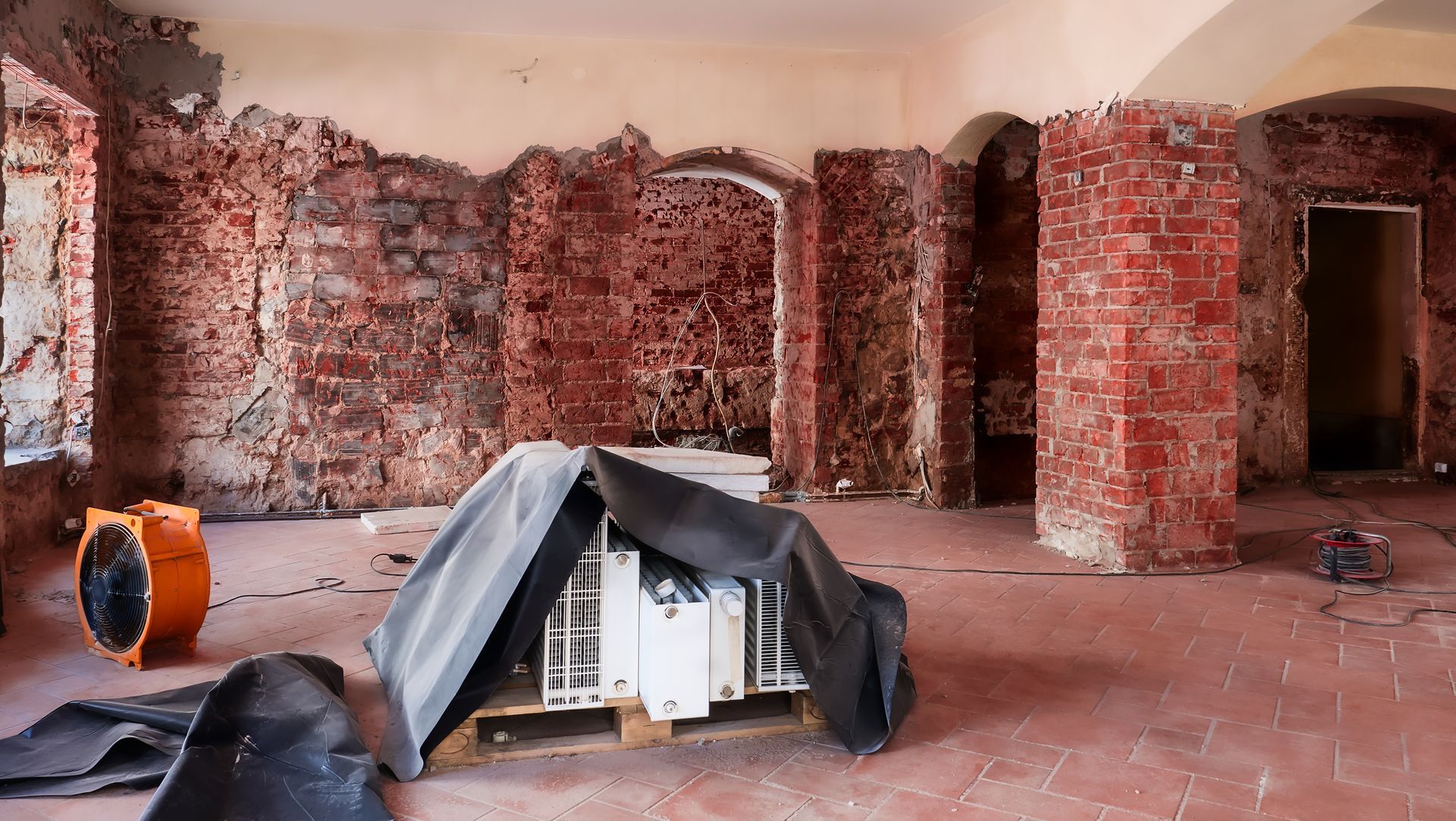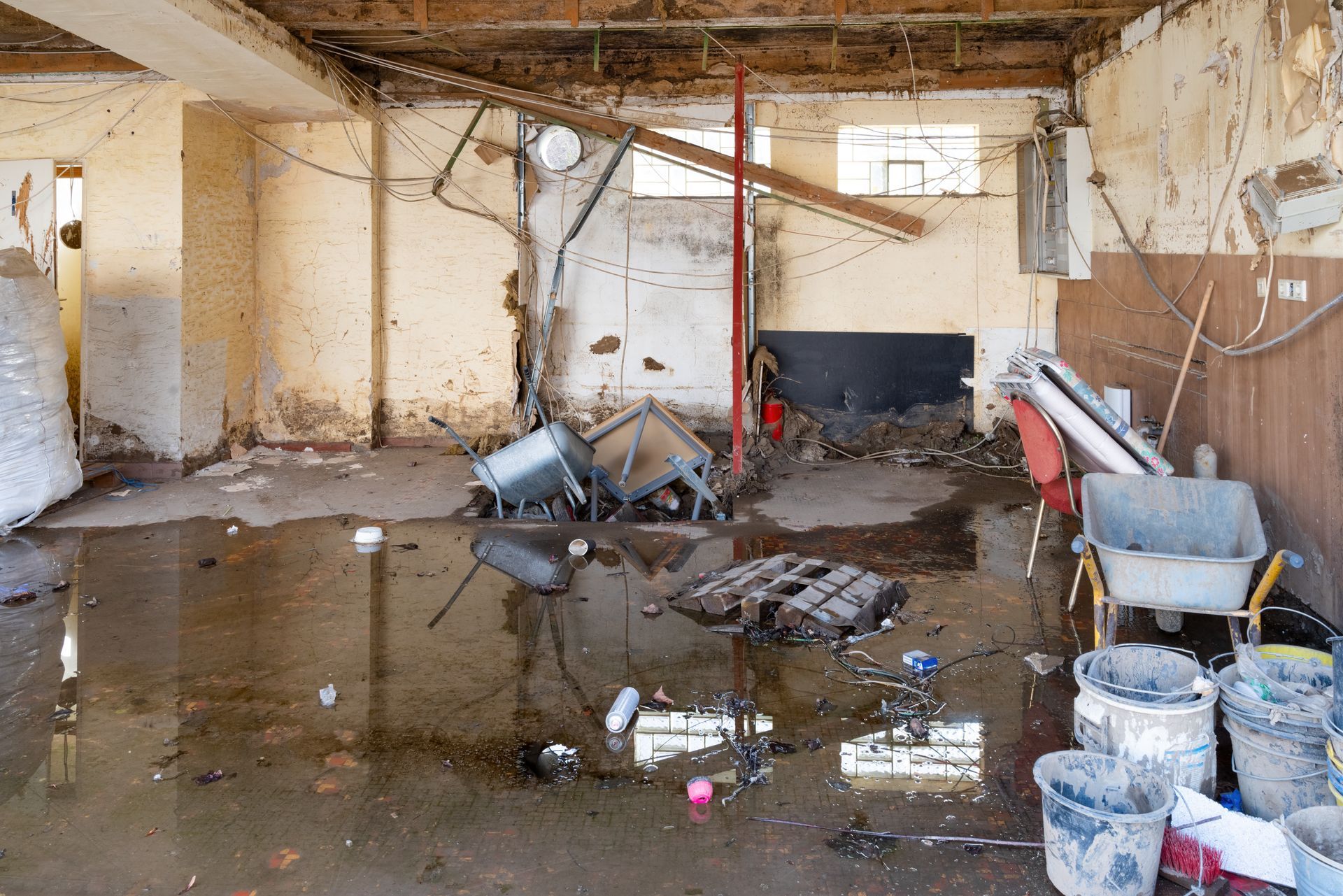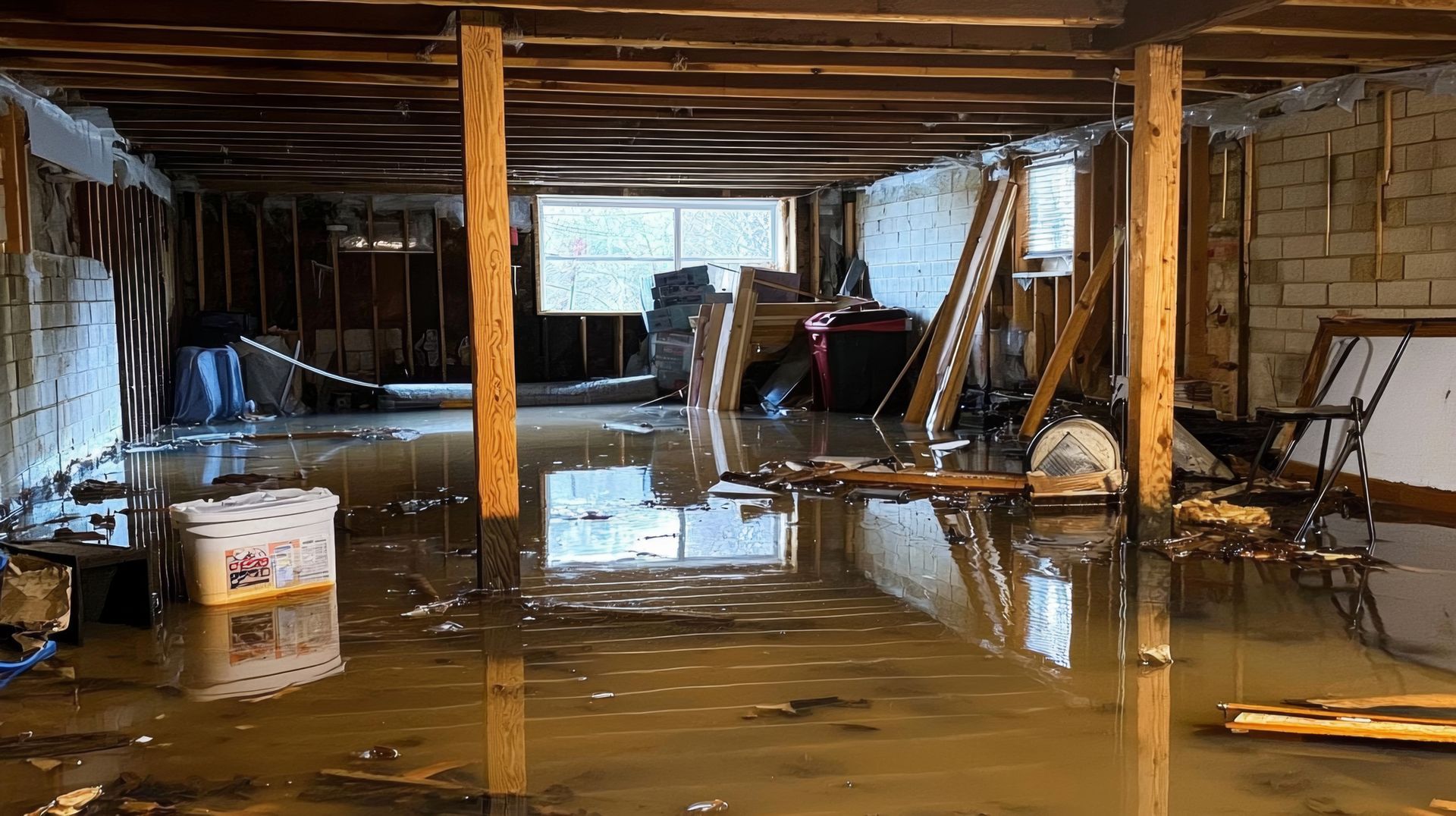A Timeline of Water Damage and Why Every Minute Counts
June 1 marks the start of hurricane season, but storms, flash floods, and water intrusion don’t wait for official dates. Whether the source is a natural disaster, a roof leak, a broken pipe, or poor drainage, water damage can escalate rapidly, and it’s often what you don’t see that causes the most harm.
At Guarantee Restoration Services, we specialize in fast, professional water damage mitigation across Louisiana, Mississippi, Alabama, and along the Gulf Coast. If there’s one thing we want business and property owners to understand, it’s this: timing is everything.
Here’s a closer look at how water damage unfolds over time and why you need to act fast.
What Happens When Water Damage Starts: The First Few Minutes Matter
Water damage begins the moment water enters your property, and the effects can be deceptively fast. Even if everything looks fine on the surface, moisture is already working its way into walls, floors, and materials. Within minutes, drywall, insulation, and wood begin to absorb water; paper goods like documents, packaging, and files can start to deteriorate; and moisture seeps into carpet padding and subflooring where it’s harder to detect and remove.
This is the phase of water damage when action is easiest and most effective, but also the one most often missed. Many home and business owners wait to see if water will drain or dry naturally. Unfortunately, by the time visible damage appears, the situation is already more advanced than it seems.
How Fast Does Water Damage Happen? Signs to Watch in the First 24 Hours
If water remains for even a few hours, the damage becomes more obvious and expensive to fix. The 1–24 hour window is when key materials begin to break down, and indoor air quality starts to suffer. Carpet and upholstery become saturated, drywall and paint may begin to swell or blister, wood framing can start to warp, insulation loses effectiveness, and mold growth often begins within this short time frame.
The warm, humid climate of the Gulf Coast doesn’t need much time for mold to gain a foothold. Without prompt, professional drying and dehumidification, conditions will quickly shift from manageable to severe.
When Does Mold Start After Water Damage? What to Expect After 24 Hours
After the 24-hour mark, mold becomes a serious threat. It starts spreading across surfaces and can impact air quality and occupant health. Between 24 and 48 hours, mold often becomes visible on walls, ceilings, and flooring. You may also notice musty odors, wood floors beginning to buckle or cup, and an increase in contaminants, especially if the water contains organic material or graywater.
What could have been a localized issue now affects multiple parts of the building, and cleaning becomes significantly more complex. Waiting even one extra day can result in thousands of dollars in additional repairs.
What Is Black Water Damage? Why Water Becomes Hazardous After 48 Hours
Once two days have passed, standing water often transitions into Category 3, or "black water,” damage. This refers to water that is contaminated with bacteria, chemicals, or waste. It's unsafe to handle without proper PPE and specialized equipment.
After 48 hours, drywall and insulation are often beyond saving and must be removed, mold becomes entrenched and may spread through the HVAC system, and in many cases, the building becomes unsafe to occupy without professional remediation.
Stay Ahead of Water Damage
If you are located in Baton Rouge, New Orleans, Lafayette, Gulfport, or anywhere along the Gulf Coast, water damage is not a matter of if, but when. And when it happens, the difference between inconvenience and catastrophe often comes down to what you did before the water hit.
Guarantee Restoration Services’s Pre-Loss Planning and Emergency Water Response Services are designed to protect your people, property, and peace of mind. Schedule a water risk assessment or consultation today, because when water strikes, you won’t have time to plan. But you can plan now.






